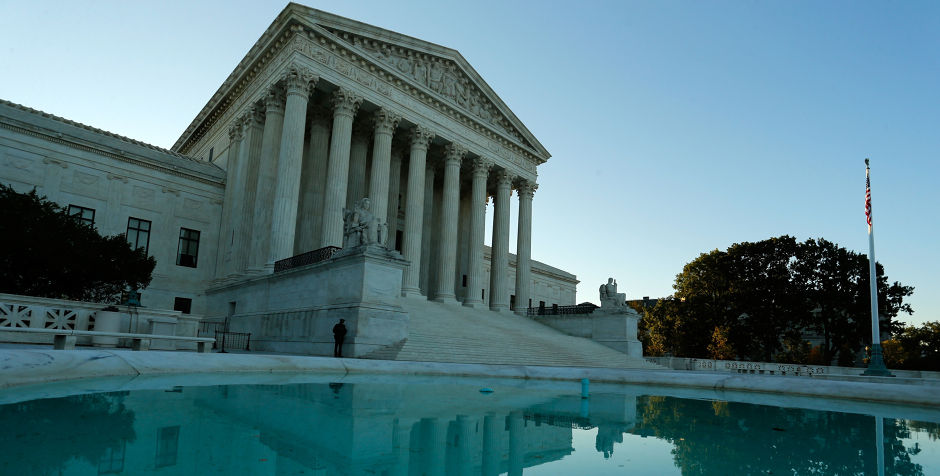The Myth of Judicial Infallibility
Everyone understands that the President sometimes violates the Constitution. Everyone also understands that sometimes Congress violates the Constitution. Is it not obvious, then, that the Supreme Court, likewise being composed of fallible human beings, sometimes violates the Constitution?
Each branch has limited powers; acting in excess of those limits means offending the Constitution. No branch of the federal government has unlimited power.
When the President runs afoul of the Constitution (i.e., exceeds his powers or infringes a guaranteed right), aggrieved parties can (1) sue and request a judicial ruling that the chief executive has acted unlawfully, or (2) seek relief from the other political branch, i.e., Congress (in the form of new laws or oversight hearings).
When Congress violates the Constitution, aggrieved parties can also (1) sue and request a judicial ruling that the statute is unconstitutional, or (2) seek relief from the other political branch, i.e., the President (in the form of a veto or other executive action/resistance).
But when the Supreme Court violates the Constitution, suing is not an option. The Supreme Court controls the lower courts on federal issues. That means the relief has to come from the other, political branches. The President can denounce the ruling and (like Lincoln with the Dred Scott case) refuse to enforce it beyond the parties to the particular case. Congress can take steps to reign the Court in by proposing constitutional amendments, limiting the Court’s jurisdiction, even cutting the Court’s budget (no more money for law clerks or new furniture!).
An obstacle to these remedies, though, is the misconception that “the law is what the Court says it is.” That’s a myth. It is simply not accurate that the opinions of the Court replace the Constitution as the governing law. Just like a referee or umpire can make a bad call, so a judge or a majority of Justices can make a bad ruling – i.e., get the law wrong. That’s not news to the Justices – ask them about a case where they were in dissent, and they’ll likely agree their colleagues botched the case! And what about the hundred-plus times the Court overruled a prior decision? Either the first decision was wrong, or the second one was. No matter which, the Court has demonstrated that it makes mistakes. And when the mistake expands or contracts a constitutional limit, that means the Court has been unfaithful to the Constitution. In such cases the Court either has exceeded its limited authority (and thus usurped power) or neglected to enforce actual constitutional limits on the states or other federal branches (and thus failed its duty to obey the Constitution).
In short, the Supreme Court is not infallible. When it violates the Constitution by making up new limits or failing to recognize existing limits, the response should be public disagreement and insistence on correction, not instant submission as if the Court were the Supreme Being, not the Supreme Court.
